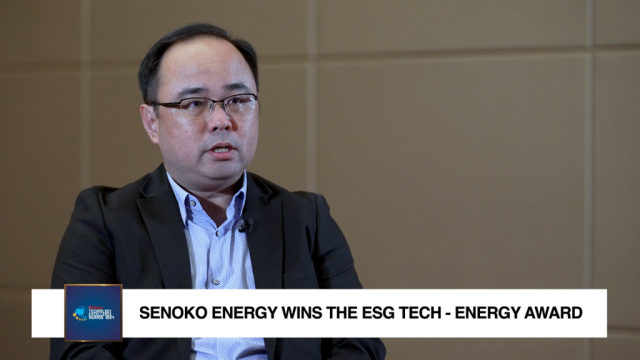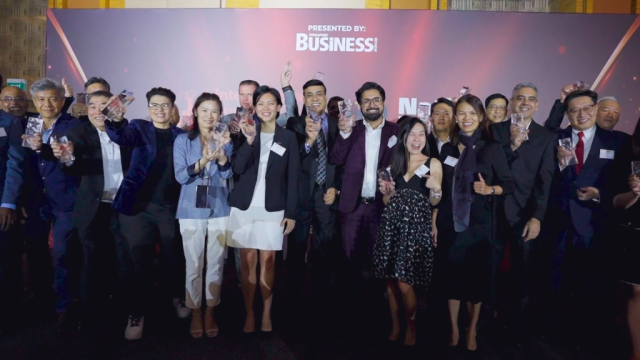How to manage your diverse team
By Filippo SartiGreater productivity is one of the major corporate goals of the 21st century. More companies than ever before are using a range of measures to boost it, from bonuses to flexible working.
Workplace diversity is also proving to be successful for many organisations. As the Singapore government, which has a proven track record of fostering business believes that “Well-managed diverse teams outperform homogeneous teams as they tend to be more creative, and effective at problem-solving”.
But managing a diverse team is not just a question of “management-as-usual”, with a more varied group of employees. As the Singapore government warns, “when diverse teams are not managed well, communication and trust can break down, resulting in lower performance”.
There are great potential upsides to diversity, but also some downsides. In order to reap the former rather than the latter, organisations must create an inclusive environment, and this doesn’t just mean following its legal obligations.
So, how can you create greater workplace harmony and inclusion?
1. Be clear on why you want to promote diversity and inclusiveness.
To attract and retain talent? Or cater for a wider customer base? To encourage greater creativity, with different types of people sparking ideas off one another? Or because you’re expanding into a new market and will necessarily have a more diverse staff mix?
If you identify the business reasons for diversity and inclusiveness, it is easier to engage managers and staff.
2. Respect differences.
Don’t assume that different ways of working are wrong.
3. Be self-aware.
Think about how your own background steers your working style: what you consider the norm may not seem normal to others.
4. Appreciate people as individuals, rather than stereotyping them by culture or generation.
1 “Managing Workplace Diversity”, Ministry of Manpower, Singapore.
5. Understand different communication styles. Although language is the most obvious communication barrier, it is not the only one.
For example, some people communicate in a direct and explicit way, whilst others may have a more nuanced, indirect style. Differences can lead to misunderstandings or good ideas being overlooked.
6. Foster good communications.
Encourage staff to listen – really listen - to each other. Training can help here, as can a culture of checking. If people are not entirely sure what someone means, they should ask them politely: “Do you mean that…?” But avoid any suggestion of challenge or correction.
7. Review recruitment and promotion policies.
Do you often recruit the same type of people, and could this limit your company’s prospects? And are you choosing line managers who will promote an inclusive workplace?
8. Encourage socialisation, but make sure it does not reinforce boundaries between nationalities, generations and genders. Focus on areas that can cross boundaries, such as sport and food.
9. Let people know constructively if their behaviour – for example, jokes, recruitment or communication style – is damaging inclusion.
10. Don’t just assume that everyone will muck in together.
Staff may need training and support. The Singapore government has produced an excellent toolkit on workplace diversity,2 and there are numerous training programmes available.
In a globalised economy, as more companies expand abroad, promoting inclusion in a diverse workplace will become an even bigger challenge for more and more businesses.
A report by the Economist Intelligence Unit3 identified the greatest difficulties for an expat manager:
• cultural or national conflicts between staff
• inability of foreign managers to understand the local culture
• different working styles and office norms
Therefore it’s not surprising that cultural sensitivity was considered the most important attribute for successful expat managers.
But it’s not just expats who need cultural sensitivity and the ability to manage diversity.
Diversity can produce results at home too. According to the Singapore government, organisations that create an inclusive environment enhance their reputation with job seekers, allowing them to attract the best talent; creating such an environment is a key driver in employee engagement and commitment.4
Finally, even for firms that never venture into new markets, diversity issues will proliferate: for example, as governments raise retirement ages, managers will have to engage staff from a wider spread of generations.
Far from being an add-on for firms trying to boost productivity or innovation, creating an inclusive working environment will be an imperative – for firms of all sizes.

























 Advertise
Advertise










